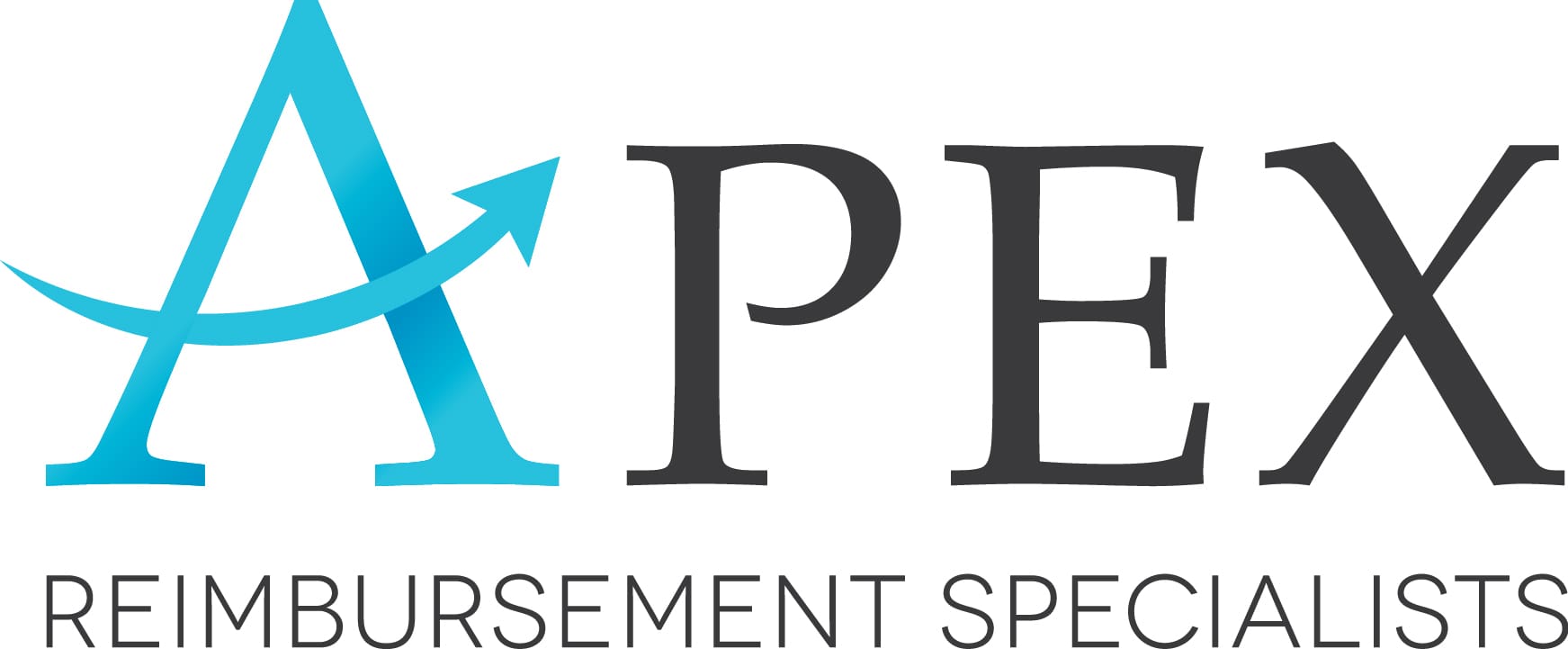When was the last time you took a serious look at your dental practice’s fee schedule? In a fast-paced dental practice, it’s easy to overlook seemingly small details that can have a big impact on your bottom line. Your fee schedule isn’t just background paperwork; it’s a key part of your practice’s financial health. If it’s outdated, it might be silently undercutting your profitability, impacting insurance reimbursements, and limiting your growth potential. Why is keeping your fee schedule updated smart business?
You Might Be Undercharging for Services
One of the most immediate and common consequences of an outdated fee schedule is undercharging for your most common services. If your prices haven’t kept pace with inflation, rising supply costs, and staffing expenses, you’re likely charging below market value. This is especially true for high-volume procedures like exams, cleanings, and fillings. Even a $10–$20 shortfall per procedure can add up quickly. If you multiply that amount across hundreds of patients each month, you could be losing tens of thousands of dollars every year.
Your Insurance Reimbursements May Be Reduced
Insurance companies use your fee schedule to help determine reimbursement rates. If your fee schedule is too low, your reimbursements will likely be too. In some cases, a low fee gives the insurer an excuse to offer a lower reimbursement, even if your market value is higher. Keeping your fees aligned with current market standards can help you negotiate better insurance contracts and improve your overall revenue cycle performance.
You Could Be Misaligned with the Market
In today’s competitive dental landscape, patients are very cost-conscious. If your fees are far below the local average, some patients may perceive your services as lower quality. On the other hand, if they’re too high, you risk losing new patients to practices offering more competitive pricing. By maintaining an up-to-date fee schedule, you will show that your practice is professional and legitimate but still fair.
You Might Be Making Financial Planning More Difficult
If your fees don’t reflect the true cost of care or the value of your services, your financial reports could be misleading. Undercharging can distort cash flow projections, lead to budgeting shortfalls, and create difficulties when planning for investments like new equipment or staff hires. Accurate fee schedules allow you to project revenue more realistically and make informed financial decisions for your practice’s growth.
You May Miss Opportunities for Greater Profitability
An outdated fee schedule often means you’re not making the most out of your most profitable services. Strategic fee increases on high-demand procedures, especially ones not fully covered by insurance, can improve profitability without negatively impacting patient satisfaction. Regular audits of your fee schedule can reveal underperforming codes and identify areas where small adjustments can lead to big revenue gains.
How Often Do You Need to Update Your Fee Schedule?
In general, you should review your fee schedule at least once a year. You should also re-evaluate it any time your overhead increases significantly, you introduce new services, or insurance reimbursement patterns shift. It’s important to note that updating your fee schedule doesn’t necessarily mean raising all your fees. Instead, it means making sure your pricing structure reflects the broader market, your costs, and your long-term financial goals.
Optimize Your Practice with APEX Reimbursement Specialists
Need help evaluating your current fee schedule? Our team specializes in helping dental practices identify revenue leaks, optimize pricing, and strengthen profitability. Contact the APEX Reimbursement Specialists team today by calling (410) 710-6005. We look forward to working with you to make your practice a more profitable place.

